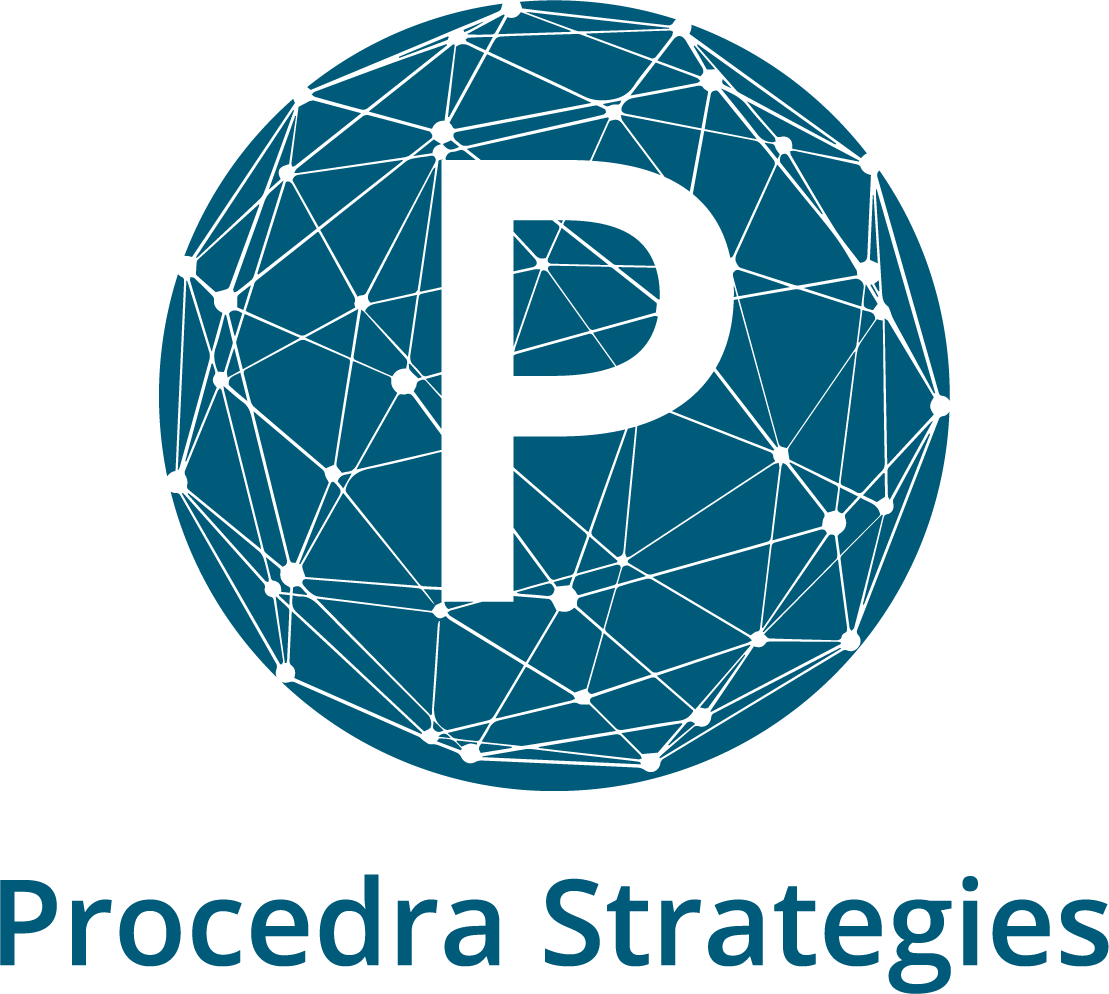My first thoughts about IT Modernization usually focus on the intersection between the technology and the customer experience: is the element that is being “modernized” resulting in a positive impact on the customer experience? Not just externally, but internally. Has the human experience been taken into consideration during the decision to modernize?
More often than not, it isn’t. Decision makers spend wildly, chasing buzzwords like speed, scalability, agility, transformation, reduction in costs, automation, security. Those are great things to aspire to accomplish. How is that being accomplished through spending exorbitant amounts of money with no end goal in mind?
Earlier this spring in a Nextgov article explored what federal agencies do best when it comes to IT Modernization. They noticed what I’ve often noticed in decision makers in this example: “They’ve heard about artificial intelligence and so they chase implementations without taking into account the larger context, the overall business needs and mission imperative.” In short, they’ve gone right past the human element and chased all the promises that will happen after this conversion. Updated systems and tools without understanding on how, who, and where customers are using those tools leads to a failing strategy.
The customer experience for government agencies has to be part of the IT modernization strategy. Over the last two months, we’ve seen why the customer experience has to be tantamount: how many over 35 million Americans have been able to file for unemployment? How many have received their initial stimulus payments? A brand new website doesn’t address the 40-year old COBOL processing system and how it isn’t compatible with the user interface.
IT modernization efforts need to be more than just an enhancement of what is already in place. It has to be more than just improving cybersecurity, or upgrading an existing platform. Yes, sometimes it is a matter of replacing a legacy system, but is what you are replacing the antiquated system compatible with other systems? Is your team able to adapt quickly and efficiently?
We now have the ability to analyze massive amounts of data to create predictive models to seal the gap between developing and implementing new products. Agile and customer-focused product development have shortened the time to adapt to new technologies. Our behavior has fostered a quicker adaptation, too. Before, technology was forced up on us and we just had to adapt. Now, technology is seen as an enhancement to the experience, not the fix. And that is due to importance being placed on CX strategies.
IT modernization should be aligned with that change to continue to seal the gap and provide easy experiences to customers. The need for a continuous process governed and executed by an overarching CX strategy will help keep costs down and focus efforts on selecting and implementing the best option for both a better internal and external customer experience.

